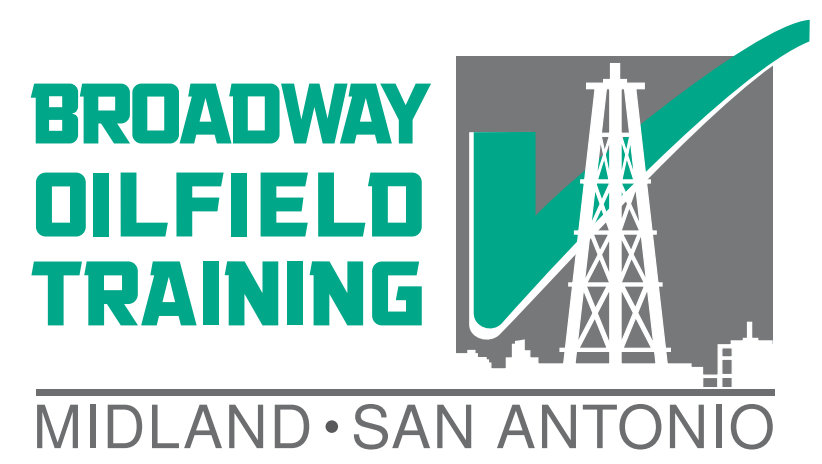 In most San Antonio H2S programs, personal safety is given an emphasis specifically by focusing on PPE, hazards awareness, communications, worker training and certification, and pre-job planning. The importance of these factors towards personal safety cannot be overstated. Another body of risk is process safety management, which controls for risks before they get to the personal level. As a component of process safety management, here we will examine a risk called hydrogen embrittlement.
In most San Antonio H2S programs, personal safety is given an emphasis specifically by focusing on PPE, hazards awareness, communications, worker training and certification, and pre-job planning. The importance of these factors towards personal safety cannot be overstated. Another body of risk is process safety management, which controls for risks before they get to the personal level. As a component of process safety management, here we will examine a risk called hydrogen embrittlement.
OCTG FAILURE LOCATION
In oil and gas wells—strings, circulating equipment, as well as to some extent production equipment—steel tubulars and vessels are able to have a small amount of flexibility. This amount of flexibility in a well allows for thermal expansion, the ability to curve and bend through doglegs, and the ability to absorb vibrational energy. Surface vessels and tubulars will also be subject to some bending forces, thermal expansion, and vibration, although typically to a lesser extent than downhole. In the downhole environment is where we might expect the greatest amount of these forces and, as we will discuss, the greatest risk for embrittlement. Thus, we would expect downhole strings to be the most likely location for embrittlement failure in the oil field.
EMBRITTLEMENT DEFINED
Embrittlement itself is simply the process of steel becoming brittle. Imagine that steel is normally like a rubber band in an oil well—it is able to stretch and bend around curves, it heats and cools without breaking, vibrations take a long time to wear it down, and it always returns to its original shape. Now imagine peanut brittle, it may be strong, but it cannot do any of the bending without breaking and shattering. When it is said that the steel has suffered embrittlement, the properties of the steel have become less like the rubber band (favorable) and more like the peanut brittle (unfavorable).
HYDROGEN EMBRITTLEMENT
The term “hydrogen embrittlement” exists because of hydrogen’s—the smallest atom on the periodic table–exceptional ability to cause embrittlement. According to materials science, all metals have a crystalline structure depending on their composition. Some compositions have multiple possible crystalline structure with each structure having distinctly different properties. When hydrogen is able to work its way into this crystalline structure, the flexibility of that structure is consequently reduced. On the large scale this is what causes embrittlement.
H2S AND HYDROGEN EMBRITTLEMENT
In the oil and gas industry, we typically expect embrittlement to occur in hydrogen sulfide, or H2S, rich environments. H2S in oilfield tubulars can create hydrosulfuric acid within the flow stream, corroding the metal into iron sulfide scale, and diffusing the free hydrogen into the oilfield tubulars. Based loosely on Le Châtelier’s principle, the extent of embrittlement and corrosion will be proportional to the concentration of hydrogen sulfide in the flow stream. Higher temperatures as well as the presence of oxygen may also speed up these attacks on the metal.
DRILLING FAILURE
The consequences of an embrittlement failure during a drilling operation could be potentially severe. This could contribute to causing the rig to lose control of the well during a high H2S circulating operation. It is typically difficult to find the root cause of 3rd party blowouts, however, there is some evidence available that hydrogen embrittlement due to H2S may have led to one of the worst well control incidents in Canada’s history.
PSM CERTIFICATION
This combination of personal safety risk and process safety risk posed in the presence of H2S must be considered. As we’ve written earlier, there are regulations in place in Texas and on federal BLM lands for managing very high H2S wells. At the supervisory level, our H2S certification does cover metallurgy and embrittlement with respect to the regulatory requirements, as well as process safety management and contingency planning.
PERMIAN BASIN
The Permian Basin of West Texas has widespread hydrogen sulfide. This causes an issue with production equipment and tubulars. Combined with this, West Texas has many water injection systems and carbonate reservoirs. Water injection systems with sour water can become embrittled and also generate iron sulfide scales. When these scales are combined with hydrochloric acid, they also release some hydrogen sulfide. West Texas oilfield workers should have training to deal with these issues.
SOUTH TEXAS
South Texas is listed as a location with interstitial H2S. The concentration of H2S is dependent on the location of the field within the Eagle Ford and may change over time with production. It is important that all workers are certified with at least an awareness level for H2S and supervisors and engineers must be trained and monitoring for process safety management throughout South Texas to help prevent H2S exposures from troublesome material failures.
Recommended Training: H2S Training, Corpus Christi Training
Notice: Article is provided as is and for informational use only. Eagle Ford Training San Antonio, its owners, instructors, and affiliates hereto referred as the company shall have no liability for and you shall defend, indemnify and hold harmless from and against any claim loss demand, liability, obligation, and expense based upon any injury or damage, spill or pollution, product liability, or any other loss that may occur. The liability for the use of information is solely yours notwithstanding any act of error or omission by the company.
